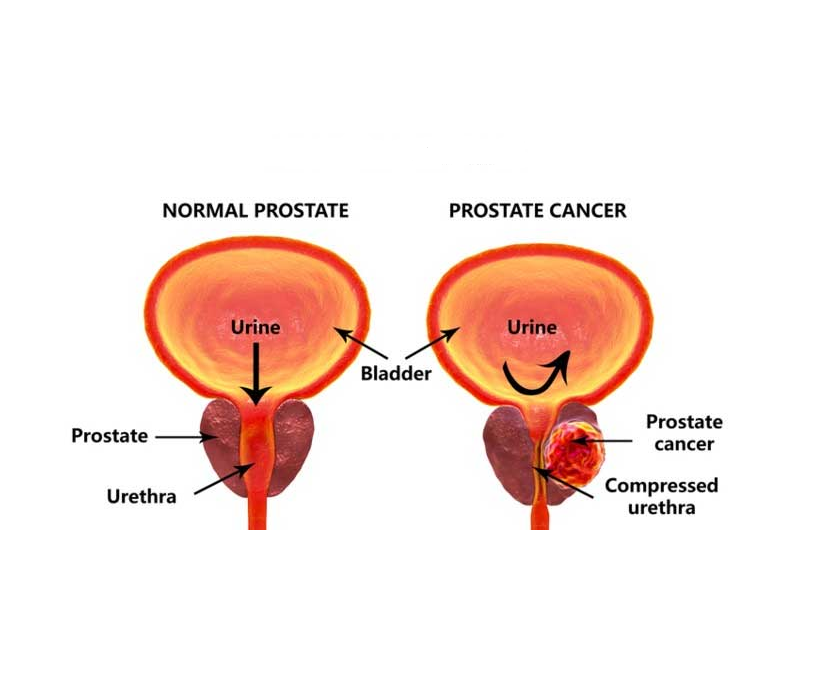Introduction
Prostate cancer is one of the most common types, but they often grow quite slow and stay in the prostate. Prostate glands are also only present in men. The types of prostate cancer include: adencarcinomas (most common, from gland cells), small cell carcinomas, neuroendocrine tumors, transitional cell carcinomas, and sarcomas. Some risk factors of prostate cancer include being older, being black, if its hereditary, and being obese (more detailed).
Mechanisms and genetic alterations
The most common mutated genes for prostate cancer are TMPRSS2, LRP1B, ERG, TP53, BRAF, KMT2C. The most common copy number alteration genes are PTEN, AR, MYC, PREX2.
Current stomach cancer treatments
When the cancer hasn't grown out of the prostate and is growing slowly while not effecting the patient much, the cancer is mostly just watched or treated with radiation therapy. Once the cancer can be seen or felt, and has spread more in the prostate, surgery or radiation therapy is often used. Another option for the patients is for their cancer to be watched closely. Once the cancer has grown out of the prostate, radiation therapy with hormone therapy or surgery is used. However, hormone therapy by itself may also work for some patients. If the cancer is likely to grow more or come back, radiation therapy combined with hormone therapy or surgery will work. If the cancer has spread to far to be curable, then focus of the the treatment is to limit the growth of the cancer and to help reduce effects that is has on patients. Some of these treatments include hormone therapy, surgery, radiation, or having the cancer just be watched.
New treatments in clinical trials

